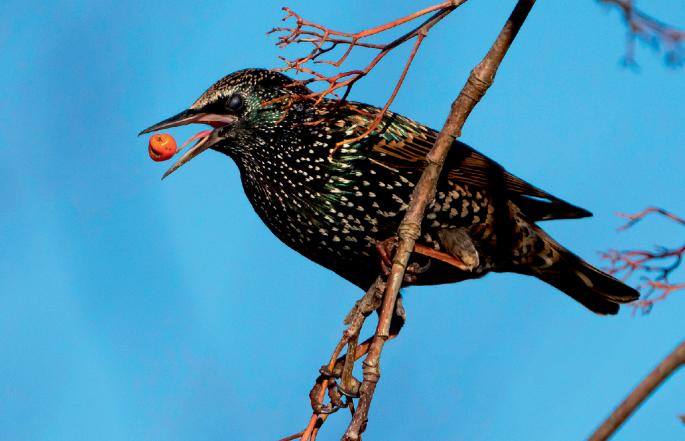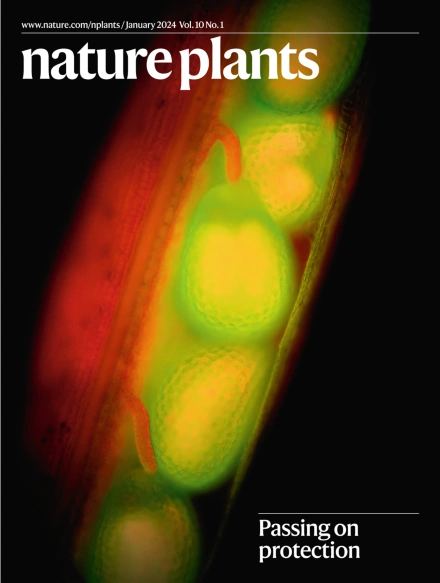求助PDF
{"title":"Defaunation threatens plant diversity","authors":"Catherine Walker","doi":"10.1038/s41477-024-01862-1","DOIUrl":null,"url":null,"abstract":"","PeriodicalId":18904,"journal":{"name":"Nature Plants","volume":"10 11","pages":"1614-1614"},"PeriodicalIF":15.8000,"publicationDate":"2024-11-06","publicationTypes":"Journal Article","fieldsOfStudy":null,"isOpenAccess":false,"openAccessPdf":"","citationCount":"0","resultStr":null,"platform":"Semanticscholar","paperid":null,"PeriodicalName":"Nature Plants","FirstCategoryId":"99","ListUrlMain":"https://www.nature.com/articles/s41477-024-01862-1","RegionNum":1,"RegionCategory":"生物学","ArticlePicture":[],"TitleCN":null,"AbstractTextCN":null,"PMCID":null,"EPubDate":"","PubModel":"","JCR":"Q1","JCRName":"PLANT SCIENCES","Score":null,"Total":0}
引用次数: 0
引用
批量引用
荒漠化威胁植物多样性
半数植物依靠动物传播种子。这种生物传播使植物能够在支离破碎的种群之间保持基因流动,从干扰中恢复并扩大分布范围--这些反应是植物随着气候变化追踪新栖息地的能力的基础。因此,动物种群的减少既是全球变化的结果,也是全球变化的驱动力,对植物多样性构成了巨大威胁。在最近发表于《科学》(Science)的一项研究中,鲁本-海伦诺(Ruben Heleno)及其同事构建了一个覆盖全欧洲的植物-动物种子传播网络,并对这些相互作用的保护状况进行了评估。他们搜索了 50,000 多篇文献,发现 592 种适应种子传播的本地植物与 398 种传播者之间存在 5,030 种相互作用。其中三分之一的传播者物种以及它们与植物之间的相互作用被世界自然保护联盟(IUCN)归类为高度或极高度关注,这表明整个欧洲正在出现种子传播危机。
本文章由计算机程序翻译,如有差异,请以英文原文为准。



